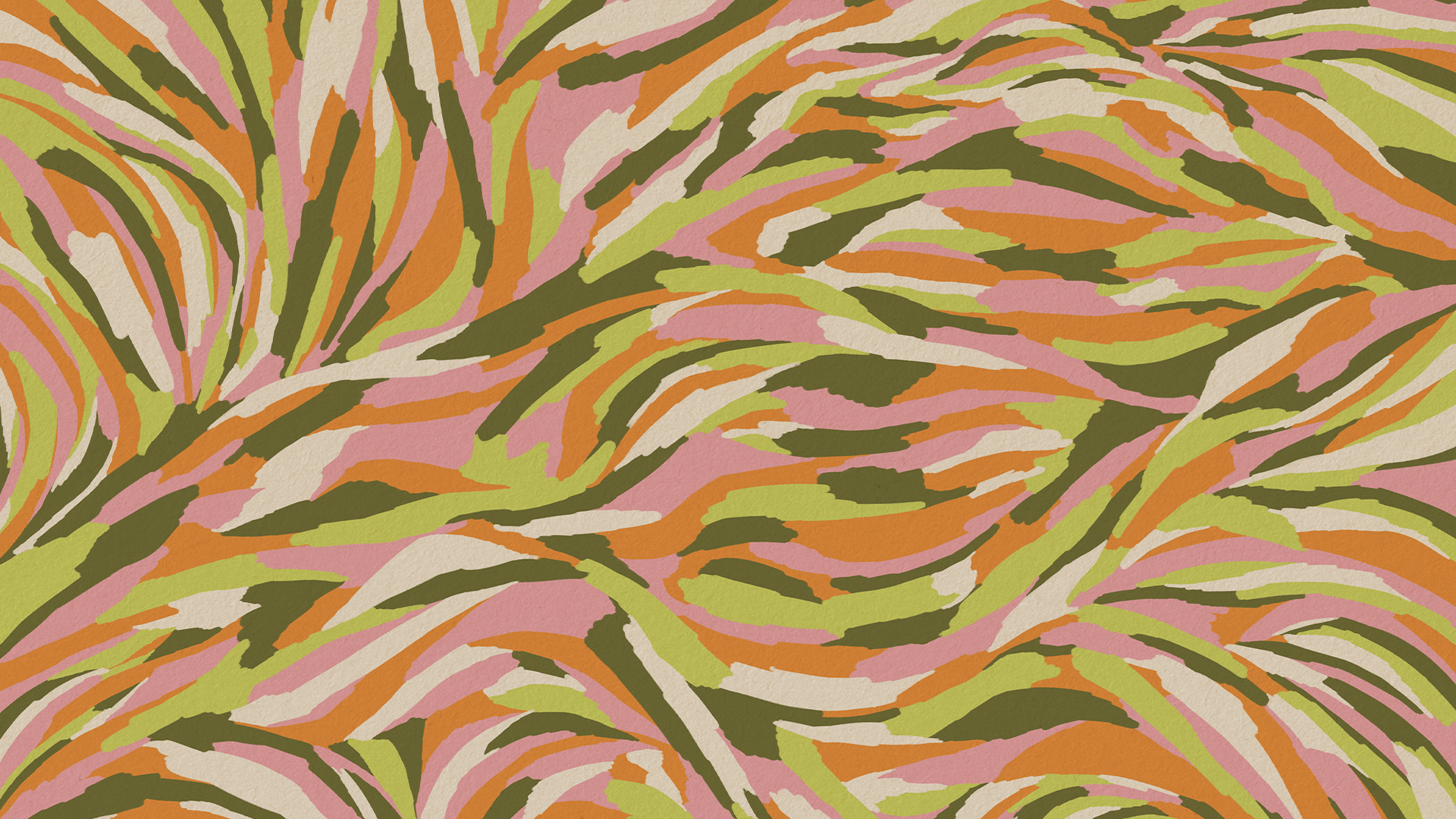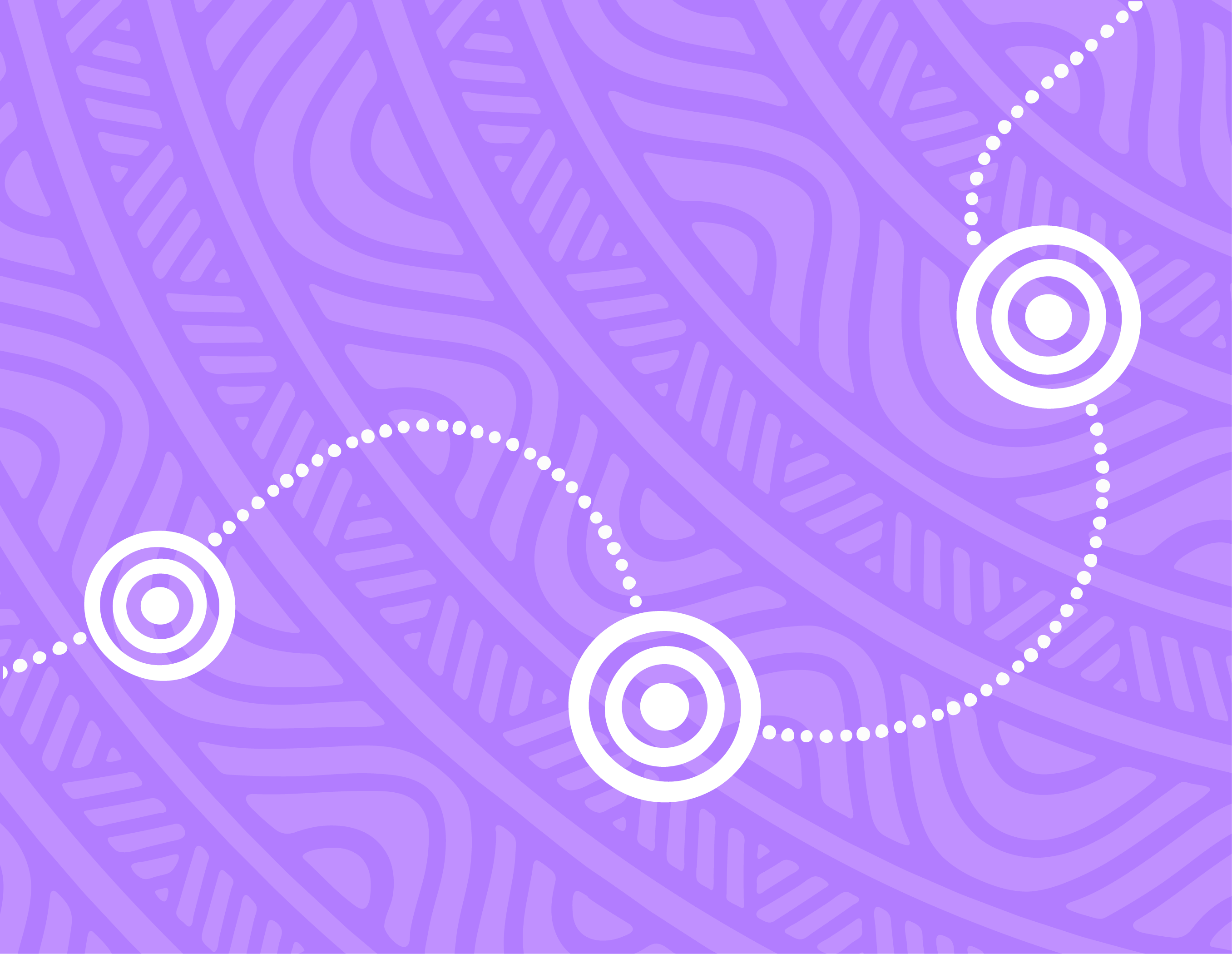Breadcrumb
Indigenous Data
Indigenous Data is any information or data about First Nations peoples, from First Nations peoples, or about cultures or Country. This includes facts, statistics, research, stories, knowledge, and records.
Indigenous Data can be about:
- people and communities
- Country — land, waters, skies, and the environment
- culture, language, and heritage
- health, education, and employment
- laws, governance, and self-determination.
Examples might include:
- Staff records — an organisation collects employment data on First Nations employees to track diversity and inclusion outcomes.
- Community research — a university conducts a study on traditional fire management practices, gathering knowledge from Elders.
- Cultural site mapping — a government agency records locations of sacred sites for heritage protection.
- Health statistics — a hospital compiles data on First Nations patients’ health outcomes to improve services.
- Historical archives — a museum holds recorded oral histories from First Nations peoples about their community’s past.
- Language documentation — a school collects and stores First Nations language words and meanings for curriculum development.
Indigenous Data is more than just numbers. Data can include the collection of names, biographies, recordings and films, and knowledge. In this respect, Data is more than just a collection of facts – it can hold cultural meaning and connects to identity, history and knowledge. The ways Indigenous Data is collected, used, stored, and shared can have significant impacts on cultural integrity, cultural practice, and the ongoing transmission of knowledge across generations.
Respecting and protecting Indigenous Data means ensuring that First Nations peoples have control over how it is collected, used, stored and shared.
Indigenous Data Sovereignty
Indigenous Data Sovereignty (ID-Sov) is the right of First Nations peoples to control and exercise ownership over Indigenous Data. It ensures data is only applied in ways that align with First Nations laws, values, and priorities. These rights are based on the United Nations Declaration on the Rights of Indigenous Peoples (UNDRIP).
ID-Sov principles provide that First Nations peoples have the right to:
- Control: First Nations peoples decide how Indigenous Data is collected, stored, used and managed
- Context: Indigenous Data is relevant and interpreted in ways that reflect First Nations community structures and knowledge systems
- Equitable access: Communities have access to Indigenous Data about them
- Do no harm: Indigenous Data is applied in positive ways for First Nations peoples, and does not contribute to negative outcomes.
- Accountability: Indigenous Data governance systems are accountable to First Nations peoples.
Why it matters
Indigenous Data Sovereignty strengthens self-determination. It ensures that data supports First Nations-led decision-making and empowers First Nations peoples and communities.
| Problems with historical data collection, use and management | How ID-Sov can help solve these problems |
| Lack of consent – much Indigenous Data has been collected without the knowledge or permission of First Nations peoples. | Free, prior and informed consent is the standard for collection, access, use and sharing of Indigenous Data. |
| Misrepresentation and bias – Indigenous Data has often been used to reinforce stereotypes or shape policies that do not reflect the lived experiences, strengths, or priorities of First Nations communities. | Indigenous Data takes a ‘do no harm’ approach and is aimed to tell positive, accurate and holistic stories about First Nations communities and cultures. |
| Exclusion from decision-making – First Nations peoples have historically been left out of decisions about how Indigenous Data is collected, stored, and used, limiting their ability to benefit from or challenge its use. | Cultural governance - First Nations peoples are active participants in data processes, ensuring that stories told with Indigenous Data reflect community priorities and strengths. |
| Restricted access and control – many historical records, cultural materials, and research findings are held by governments, universities, or institutions, making it difficult for communities to access and manage their own Indigenous Data. | Community access – ID-Sov provides for First Nations peoples to have access to Indigenous Data held about them in institutions and collections. |
Indigenous Data Governance
Indigenous Data Governance (ID-Gov) is the rules and systems for managing Indigenous Data. It ensures data is collected, stored, and used in culturally safe ways.
In simple terms, ID-Gov is the practical measures and actions by which we give life to the Indigenous Data Sovereignty right.
Best practice in ID-Gov includes:
- Free, prior, and informed consent — at all stages of the data lifecycle
- Collection and creation protocols
- Access controls align with cultural protocols — rules for who can access Indigenous Data
- Ethical data management — clear standards for how Indigenous Data is used and shared that respect First Nations rights
- Secure storage — Indigenous Data should be protected and controlled by First Nations organisations, or in line with decisions made by First Nations peoples
- Benefit-sharing — First Nations communities should gain from the use of Indigenous Data.
- Accessible information — Data is available to communities in an accessible, understandable format.
- Detailed labelling — Data is tagged with relevant information to support best practice.
- Accountability — being responsive to community wishes in relation to their Indigenous Data.
Strong ID-Gov supports First Nations communities to manage their own information. It protects First Nations knowledge and ensures data serves First Nations interests.
ID-Gov in action
The following are some hypothetical examples of First Nations-led approaches to data collection, storage, and governance.
Preserving language through digital archives
A First Nations arts organisation is documenting traditional language through recordings of Elders speaking. They store these recordings in a digital archive managed by the community. To protect cultural integrity, they decide that only community members and language learners can access them.
Managing cultural stories and artworks
An arts organisation is creating a digital collection of artworks, photographs, and cultural stories. They consult with the First Nations artists, photographers and communities to ask how they want their work to be described, shared, and accessed. This prevents misrepresentation and ensures cultural knowledge remains in the right hands.
Managing workplace diversity data
An organisation wants to track the number of First Nations employees and their career progression. They consult First Nations staff to design the process, ensuring that data collection is voluntary and used to create better workplace opportunities, not just for reporting. A First Nations advisory group oversees how the data is used.
Managing Indigenous Data in creative workplaces
- When collecting stories or creating recordings of First Nations peoples, consider how to empower free, prior and informed consent and First Nations control (e.g. who owns the Intellectual Property?)
- Keep good records of sources of Indigenous Data
- Before re-using Indigenous Data held in old files, ask permission from the relevant people
- Apply detailed labelling and metadata to understand what the Indigenous Data is, who it came from, what it can be used for, and any other relevant information
- Use data sharing agreements or insert Indigenous Data clauses to manage who owns Indigenous Data, and how it can be accessed, used, shared and stored
- For Indigenous Data held by organisations, consider repatriation strategies to community-controlled databases.
Good practice for managing Indigenous Data is often similar to good practice for Indigenous Cultural and Intellectual Property more broadly.
Keep learning:
Centre for Aboriginal Economic Policy Research
Indigenous Data Sovereignty: Toward an agenda
Learn more
The content in the body of this page including text and graphics, excluding artwork, is owned and licensed by Terri Janke and Company. Learn more about copyright for materials owned by Terri Janke and Company.
More in this section:
About First Nations relations
Creating culturally safe and inclusive workplaces is essential to support First Nations peoples to thrive, feel valued and confident to share their culture and contributions within the creative industry.
First Nations collaborations
Collaborating with First Nations peoples and communities creates rich, diverse and educative projects. Projects involving First Nations Culture and ICIP should be First Nations-led or codesigned.
Indigenous Cultural and Intellectual Property (ICIP)
Indigenous Cultural and Intellectual Property, or ICIP, refers to all aspects of First Nations peoples’ cultural heritage, including the tangible and intangible. ICIP should be protected, and used and shared with respect.
Culturally safe workplaces
Creating culturally safe workplaces is important to ensure that First Nations artists and creatives feel respected and valued, and safe to share their art and Culture. Workplaces thrive when they recognise and value First Nations cultural knowledge, perspectives and contributions.
Cultural events and ceremonies
Cultural events and ceremonies create spaces for both First Nations and non-First Nations people to come together. Acknowledgements of Country and Welcomes to Country show respect for First Nations peoples as the Traditional Owners of Country, including lands, waters and skies.
Culturally informed dispute resolution
Sometimes disputes arise when working with First Nations people, organisations or cultural knowledge. Using culturally informed ways to resolve issues can make a big difference. It is important to approach these situations with respect, care and a clear understanding of everyone's rights.
Indigenous Data
Indigenous Data appears in many workplace contexts – in staff records, employment data, research projects, community engagement initiatives, in policies affecting First Nations peoples, and more. Ensuring this data is handled with cultural respect and community oversight supports ethical practice, strengthens relationships, and upholds Indigenous Data Sovereignty.
First Nations support
On this page you can find a directory of organisations and guilds that support First Nations artists, arts workers and arts organisations in Australia.










